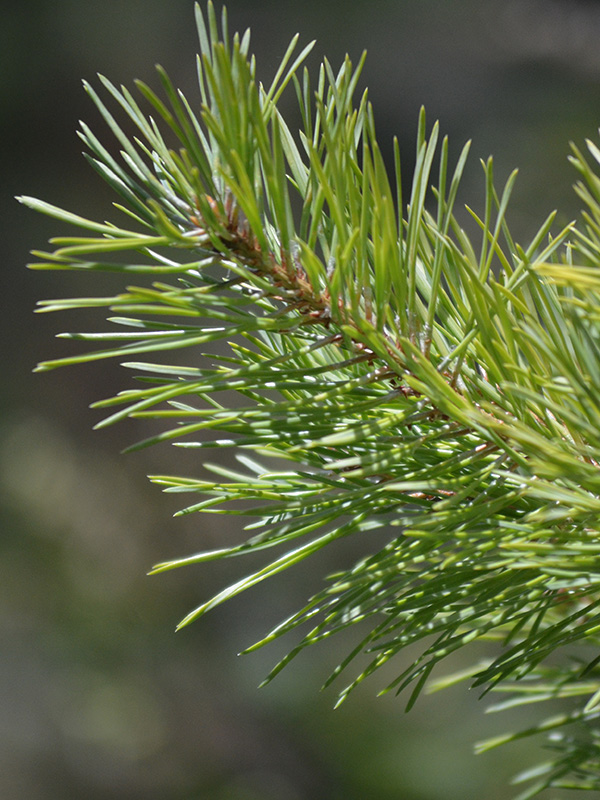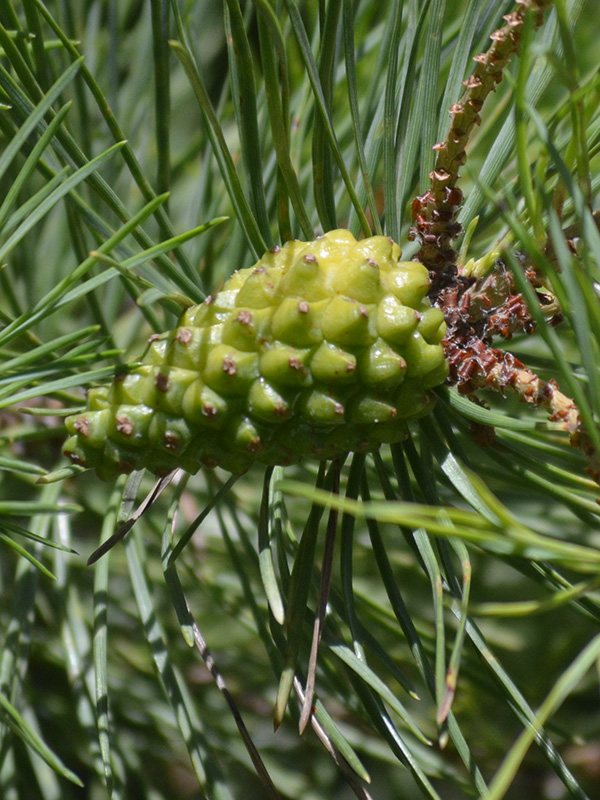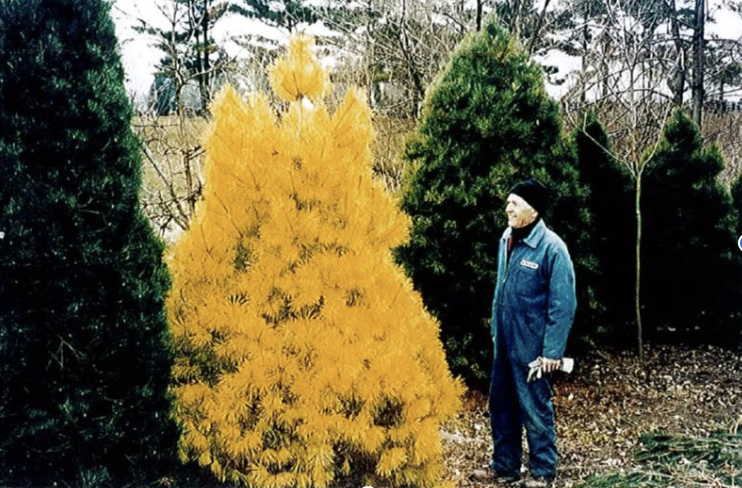
Woody > Pinus > Pinus sylvestris > Pinus sylvestris 'Wolting's Gold'
Pinus sylvestris
'Wolting's Gold'
Wolting's Gold Scots Pine
Origin: Introduced by Jim Wolting, a sport found in a row of Scots Pine growing in his nursery.
Mike's
Opinion


"
A very beautiful dwarf conifer. The needles are extremely attractive as they have two colours. The half of the needle closer to the stem is greenish and the tips are golden yellow making it very aesthetically pleasing. Its form allows it to be a rather good choice as an accent plant. A good choice for any dwarf conifer garden.
Michael Pascoe, NDP., ODH., CLT., MSc. (Plant Conservation)
"
| Family |
| Pinaceae |
| Genus |
| Pinus |
| Species |
| sylvestris |
| Cultivar |
| 'Wolting's Gold' |
| Category |
| Woody |
| Type |
| Tree (evergreen) |
| Pronunciation |
| USDA Hardiness Zone |
| 3 - 6 |
| Canadian Hardiness Zone |
| 1a - 6a |
| RHS Hardiness Zone |
| H6 - H7 |
| Temperature (°C) |
| -40 -(-18) |
| Temperature (°F) |
| -40 - 0 |
| Height |
| 5-7 m |
| Spread |
| 3 m |
Photographs
Description and Growing Information
Flowering Period
| Cultivation |
| Full sun in a somewhat protected location free from winter winds. Soil should ideally be light and free draining. |
| Shape |
| Small somewhat dense, pyramidal form. |
| Growth |
| Medium |
| ID Characteristic |
| Look for the golden yellow-green needles; needles in fascicles of 2; the buds are small (0.5 cm-1 cm) and brown with a red tinge. A rather hard tree to mistake. |
| Pests |
| Relatively pest and disease free. |
| Habitat |
| Horticultural origin. |
| Bark/Stem Description |
| Bark is light brown in newer growth while older growth becomes a rich darker brown. |
| Flower/Leaf Bud Description |
| Small (0.5-1 cm) brownish buds with a slight red tinge to them. |
| Leaf Description |
| Needles are about 5 cm in length with green and yellow colour, they are also somewhat twisted in shape. |
| Flower Description |
| Monoecious. |
| Fruit Description |
| Cones are mostly solitary and very rare, however, they may occasionally be found in clusters of 2 or 3, to 7-8 cm long and about 4 - 5 cm around, grey or dull brown and dropping to the ground when mature. |
| Colour Description |
| Needles are green near the stem, as they grow the tips become a lively golden yellow, bark is a rich dark brown but turns greyish with age. |
| Texture Description |
| Soft to the touch for having needles, much softer than most plants in the Pinaceae family. |
| Notable Specimens |
| The Gardens of Fanshawe College, London, Ontario, Canada. |
| Propagation |
| This tree is propagated by grafting onto P. sylvestris rootstock. |


